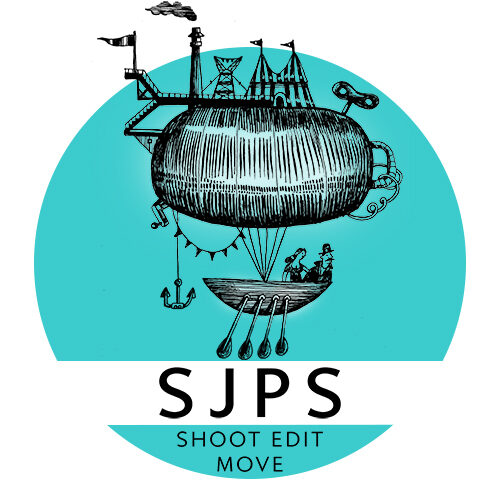I recently had the opportunity to do jib arm and steadicam for an upcoming PBS Artsprogram called “Homecoming.” The crew was a mix of a national PBS people based out of New York and KCPT, the Kansas City public television affiliate. As I understand it, the show has two parts, one a documentary, and the other, the live performance of Joyce DiDonatowith the Kansas City Symphony.
Part of the documentary included a segment with Maestro Michael Stern, the director of the KC Symphony, leading a class on how to direct. Midway though the class, I realized he was mirroring what my steadicam instructor, Jerry Holway, had taught me. The lesson was that you have to feel what you are doing and understand what the composer (writer/director) desires. It is the maestro’s job (steadicam/jib operator) to translate that to the symphony (camera) and thus to the audience. Don’t get me wrong, I lot of what I do is follow the ball. But in certain circumstances, my job becomes magical; it takes me to a place where I perform with amazing people. I understand why certain teams “click” or some bands just fit together. I expected the performance portion of the symphony to be just that for me as well.
I have done thousands of music shows, and a few of them where symphonies, but this one caught me flat footed. What threw me off was the assistant director handing me a 60 page script with almost 800 cues. Every single shot had been pre-planned, timed and described. I have been on plenty of shows where this has happened, but never this scale. Usually the director careens wildly off the script anyway and we just play zone with critical cues called in by the assistant director. I could not get in my head how I would read a script and operate the jib at the same time, and look for extra shots in between. I knew I would miss cues if I started hunting and wandered too far. I also felt this would totally suck. I love to feel the music and interpret the piece through camera movement; the script was going to bleed the life out of it.
Our first show Saturday night went great. I was amazed at how well the damn script worked. I played it conservatively between my scripted shots. Something else that was very cool was sitting down for a production meeting and watching our entire Saturday night show and critiquing it. It was awesome to watch with the intent of going back and doing a better job, kind of like players watching game footage I guess. I also learned, like all genres, there are certain rules you follow for symphonies. Just like sports, or talk shows, or reality shows, they all have a set of rules and shot protocall that is industry standard.
What I considered an epic shot that was the best of the show was harshly panned by the director for its low angle. Never shoot a female opera singer from a low angle, even if she is not fat. And Joyce DiDonato is certainly not fat. I thought if the singer “Pink” did opera, she would look about the same.
For the second show on Sunday, I went in ready to kill. I knew the drill, knew the rules, understood how the assistant director and the director flowed and called the show. What I was unaware of was some of the camera positions had shifted. My jib path now conflicted with one of the primary “singer” cameras. During certain shots, I would fly right through the other live shot while I was setting up for my cue. I did this twice, lost my mind for a brief minute, missed another cue because I was trying to figure out what had changed and how to fix it. The rest of the first half I adjusted but operated in a very timid way. I expected to get a harsh review during the intermission. Instead, I was showered with praise, or least that is what my brain heard . Go figure. The second half went well and by the end, I felt like I had the whole script shot list thing down.
It is certainly a different feel. I also found out that I am kinda into symphony music, although I still could not tell why the audience sometimes applauded and other times did not. I guess you are supposed to pay attention to the maestro. I can’t wait too see the finished show.






No responses yet